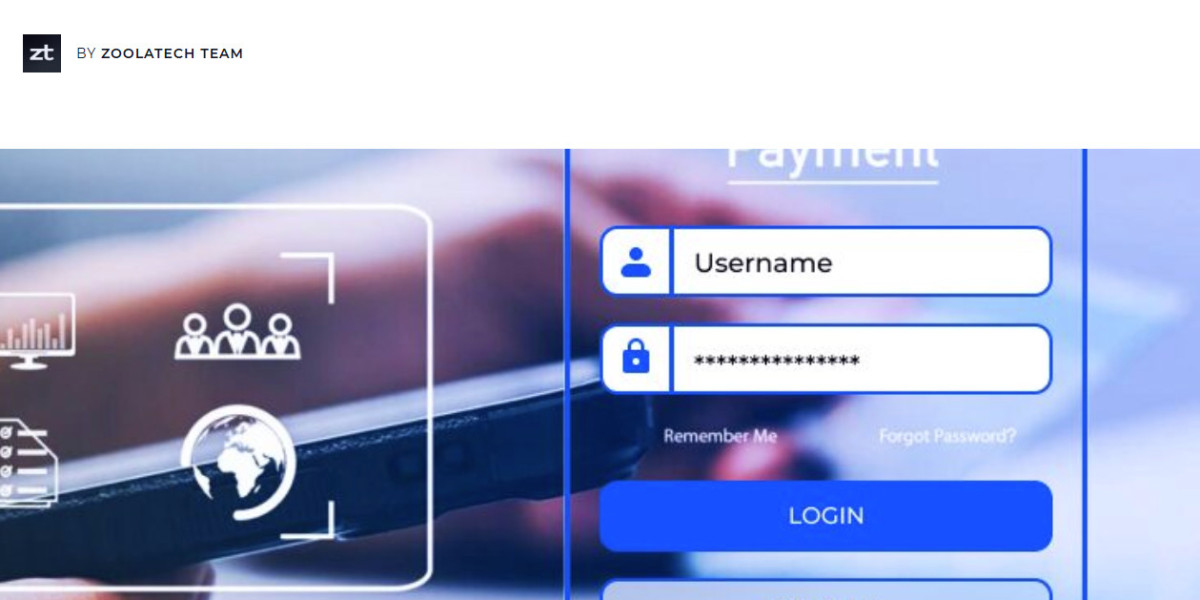The retail landscape is undergoing a massive transformation. With digital adoption accelerating and customer expectations constantly rising, retailers are under pressure to create more immersive, convenient, and engaging experiences. Augmented Reality (AR) and Virtual Reality (VR) have emerged as powerful tools to bridge the gap between the digital and physical shopping worlds, enabling customers to explore products in entirely new ways.
Understanding AR and VR in the Retail Context
Before exploring their impact, it’s essential to understand what AR and VR mean in the retail context:
Augmented Reality (AR): AR overlays digital elements—such as 3D product models, animations, or text—on a user’s real-world view. In retail, this allows customers to visualize products in their physical environment before purchasing. Think of IKEA’s app that lets users see how furniture would look in their living room.
Virtual Reality (VR): VR immerses users in a completely digital environment using VR headsets or even smartphones with compatible viewers. In retail, this could mean stepping into a virtual store, browsing shelves, and interacting with products as if physically present.
Both technologies tap into human psychology by making shopping more interactive and experiential, reducing uncertainty, and ultimately boosting customer confidence and sales.
The Evolution of Retail Apps
Traditional retail apps started as simple e-commerce extensions, offering online catalogs, basic search, and ordering functions. However, as competition intensified, retailers realized they needed more than convenience—they had to deliver experiences.
AR and VR have become the next logical step in this evolution. Instead of static product images, shoppers now demand interactive product try-ons, 360-degree views, and realistic product simulations. This shift is partly driven by the pandemic, which forced many consumers to shop remotely while still seeking confidence in their purchase decisions.
Companies that invest in AR and VR are setting themselves apart as innovators and capturing the attention of tech-savvy customers.
Key Use Cases of AR and VR in Retail
1. Virtual Try-On Experiences
One of the most popular AR applications is virtual try-on. Whether it’s glasses, makeup, clothing, or shoes, customers can now see how products look on them in real-time. This is especially powerful for categories like cosmetics and fashion, where appearance plays a critical role in purchase decisions.
Major beauty brands have adopted AR try-on technology in their apps, allowing users to experiment with different lipstick shades or eye shadow palettes without visiting a physical store. This reduces return rates and increases buyer satisfaction.
2. In-Home Product Visualization
Furniture, home décor, and appliances can be challenging to purchase online because customers cannot easily visualize how they will fit or look in their space. AR solves this by letting users place life-sized 3D models of products in their rooms using their smartphone cameras.
Retail giants like IKEA, Wayfair, and Home Depot have successfully used this approach to give customers confidence before making big-ticket purchases.
3. Virtual Stores and Showrooms
VR takes the concept of online shopping to the next level by creating fully immersive virtual stores. Customers can browse aisles, pick up virtual products, and even receive personalized recommendations.
For example, luxury fashion brands have experimented with VR showrooms where customers can experience new collections as if attending a private event. This not only drives sales but also strengthens brand identity and loyalty.
4. Interactive Product Education
Complex products often require additional explanation before purchase. AR can display detailed instructions, exploded 3D views, or interactive demos right on the customer’s device.
Imagine pointing your phone at a new coffee machine and instantly seeing an AR guide showing how to use and clean it. This kind of educational content can reduce support inquiries and improve customer satisfaction.
5. Gamified Shopping Experiences
Retailers are increasingly leveraging AR to gamify the shopping experience. Scavenger hunts, reward-based AR games, and interactive campaigns engage users and keep them coming back to the app.
Nike, for instance, has used AR to unlock limited-edition product drops, creating excitement and exclusivity around its releases.
Benefits of AR and VR for Retailers
Enhanced Customer Engagement
AR and VR transform shopping from a transactional activity into an engaging experience. Interactive features keep users in the app longer, increase brand recall, and encourage repeat visits.
Higher Conversion Rates
When customers can virtually try products or see them in their homes, they are more likely to make confident purchase decisions. This leads to higher conversion rates and fewer abandoned carts.
Reduced Return Rates
One of the biggest challenges for e-commerce retailers is high return rates due to unmet expectations. AR visualization and VR experiences give customers a clearer idea of what they are buying, significantly reducing returns.
Competitive Differentiation
Retailers who adopt AR and VR early can differentiate themselves in a crowded market. This positions them as innovators and helps attract tech-savvy consumers who value cutting-edge experiences.
Valuable Customer Insights
AR and VR generate rich data about customer interactions—what products they view, how long they spend exploring them, and which features capture their attention. Retailers can use this data to refine their product offerings and marketing strategies.
Challenges in Implementing AR and VR
While the benefits are compelling, implementing AR and VR in retail apps comes with challenges:
Development Costs: Creating high-quality AR and VR experiences can be expensive, requiring specialized skills and tools. Retailers need to weigh the ROI carefully.
Hardware Limitations: Not all customers have VR headsets, and AR experiences vary across devices. Retailers must ensure broad compatibility.
User Education: Some customers are unfamiliar with AR/VR interfaces and may need guidance to use these features effectively.
Content Creation: Building 3D product models and virtual environments is time-consuming and requires ongoing updates.
Partnering with experienced technology providers like Zoolatech can help retailers overcome these challenges. By collaborating with experts who know how to develop retail app solutions that integrate AR and VR seamlessly, businesses can accelerate their digital transformation while managing costs and complexity.
Best Practices for Retailers
If you are considering adding AR or VR features to your retail app, follow these best practices:
Start Small: Pilot AR features with a limited product category before expanding.
Focus on Value: Make sure the technology solves a real customer pain point rather than being a gimmick.
Ensure Ease of Use: Simplify the interface so users can intuitively access AR/VR features.
Optimize for Mobile: Most users will experience AR through their smartphones—prioritize performance and compatibility.
Measure Results: Track engagement, conversion, and return rates to assess the ROI of your AR/VR investment.
The Future of AR and VR in Retail
The next decade promises even greater innovation in AR and VR retail experiences. With the rise of 5G networks, more powerful smartphones, and lightweight AR glasses, these technologies will become more accessible and seamless.
We may soon see hyper-personalized AR experiences powered by AI, where customers receive real-time product suggestions based on their preferences and past behavior. VR could also enable social shopping experiences, allowing friends to meet in virtual stores and shop together.
Retailers who invest now will be well-positioned to lead the way in this immersive future.
Final Thoughts
AR and VR are no longer futuristic concepts—they are practical tools that are transforming retail today. By offering immersive, interactive, and confidence-boosting experiences, they help retailers engage customers, drive sales, and reduce returns.
The key to success lies in thoughtful implementation, strong user experience design, and strategic partnerships. Companies like Zoolatech can play a crucial role, helping businesses develop retail app solutions that leverage AR and VR to deliver measurable business outcomes.c





